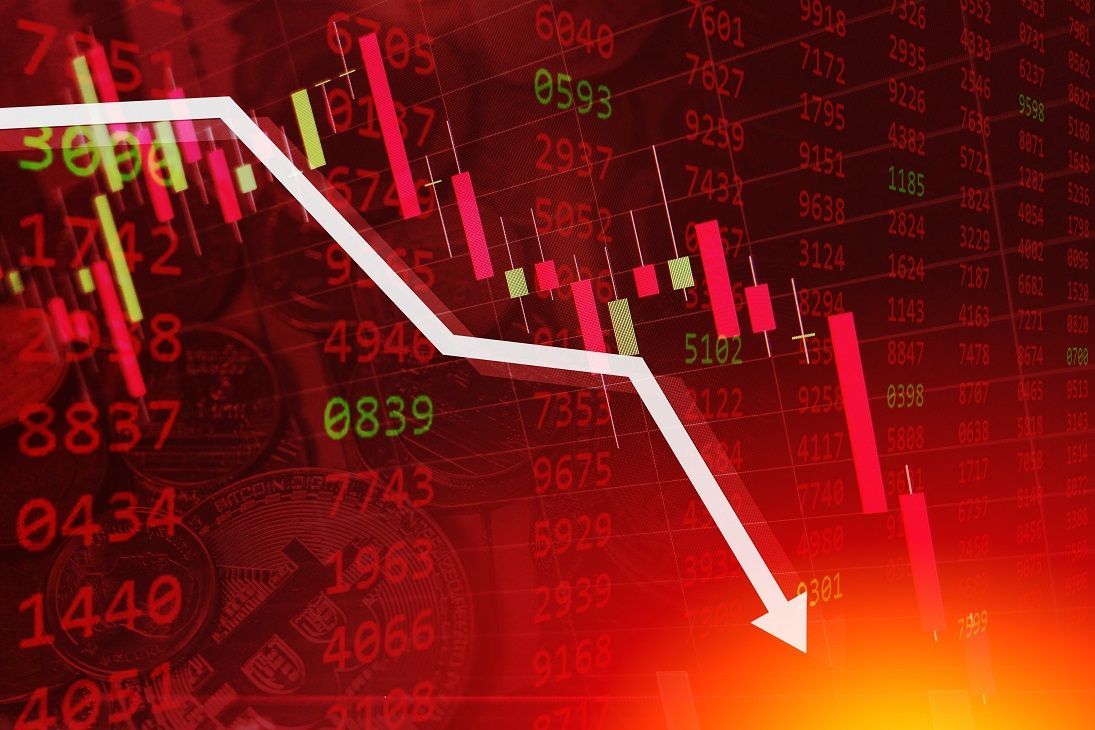Introduction
The Bombay Stock Exchange (BSE) Sensex, a benchmark index of the Indian stock market, is a crucial tool for investors aiming to analyze stock market trends. The Sensex comprises 30 of the largest and most actively traded stocks on the BSE, representing various sectors of the economy. By understanding how to interpret and analyze the BSE Sensex today, investors can make informed decisions and strategize their investments effectively. This article delves into the steps and considerations involved in analyzing stock market trends using the BSE Sensex.
Understanding the BSE Sensex
The BSE Sensex, short for the Bombay Stock Exchange Sensitive Index, is a market-capitalization-weighted index. This means that companies with higher market capitalizations have a more significant influence on the index’s movements. The Sensex is often used as a barometer for the overall health of the Indian stock market and economy. A rise in the Sensex typically indicates investor confidence and economic growth, while a decline suggests the opposite.
Historical Data Analysis
To analyze stock market trends using the BSE Sensex, start with historical data. Historical data provides insights into how the index has performed over different periods, helping to identify long-term trends and patterns. Here’s how to approach it:
Collect Data: Obtain historical data for the BSE Sensex from reliable sources like the BSE website or financial news platforms. Look for data spanning multiple years to capture different market cycles.
Plot the Data: Use tools like Excel or specialized financial software to plot the historical data on a graph. This visual representation helps in identifying trends, peaks, troughs, and periods of volatility.
Identify Trends: Look for consistent upward or downward movements in the Sensex over different time frames. Long-term trends might span years, while short-term trends could be observed over weeks or months.
Technical Analysis
Technical analysis involves using statistical tools and chart patterns to predict future market movements based on historical price data. Some common techniques include:
Moving Averages: Calculate moving averages (e.g., 50-day and 200-day moving averages) to smooth out price data and identify underlying trends. A crossover between short-term and long-term moving averages can signal potential buy or sell opportunities.
Relative Strength Index (RSI): The RSI measures the speed and change of price movements. An RSI above 70 typically indicates an overbought condition, while an RSI below 30 suggests an oversold condition.
Bollinger Bands: These bands are plotted two standard deviations away from a simple moving average and help identify volatility and potential price reversals.
Candlestick Patterns: Analyzing candlestick patterns can provide insights into market sentiment and potential trend reversals. Common patterns include Doji, Hammer, and Engulfing patterns.
Fundamental Analysis
While technical analysis focuses on price data, fundamental analysis examines the underlying factors that influence a company’s performance and, consequently, its stock price. For the BSE Sensex:
Economic Indicators: Monitor key economic indicators such as GDP growth, inflation rates, interest rates, and employment data. These indicators provide a macroeconomic context that can influence market trends.
Company Performance: Analyze the financial health of the companies listed on the Sensex. Look at earnings reports, revenue growth, profit margins, debt levels, and management effectiveness.
Sector Analysis: Identify which sectors are performing well and which are underperforming. Sectoral trends can have a significant impact on the overall Sensex performance.
Global Factors: Consider global economic conditions, geopolitical events, and international market trends. Global factors can have a ripple effect on the Indian stock market.
Sentiment Analysis
Market sentiment reflects the overall mood of investors and can significantly impact stock prices. Sentiment analysis involves:
News and Media: Stay updated with financial news, analyst reports, and market commentary. Positive or negative news can influence investor sentiment and drive market movements.
Social Media and Forums: Monitor social media platforms and online forums where investors discuss market trends and share opinions. Sentiment analysis tools can help gauge the prevailing mood.
Market Indices and Volatility: Track other market indices (e.g., Nifty 50) and volatility indices (e.g., India VIX) to understand broader market sentiment.
Combining Approaches
Effective stock market analysis often involves combining multiple approaches. For instance, you might use technical analysis to identify potential entry and exit points, fundamental analysis to evaluate the viability of investments, and sentiment analysis to gauge market mood. By integrating these methods, you can develop a more comprehensive understanding of market trends.
Conclusion
Analyzing stock market trends with the BSE Sensex requires a multifaceted approach, incorporating historical data, technical analysis, fundamental analysis, and sentiment analysis. By understanding these components and how they interact, investors can make more informed decisions and navigate the complexities of the stock market with greater confidence. Remember, while analysis can provide valuable insights, it’s also essential to stay updated with market developments and remain adaptable to changing conditions.

